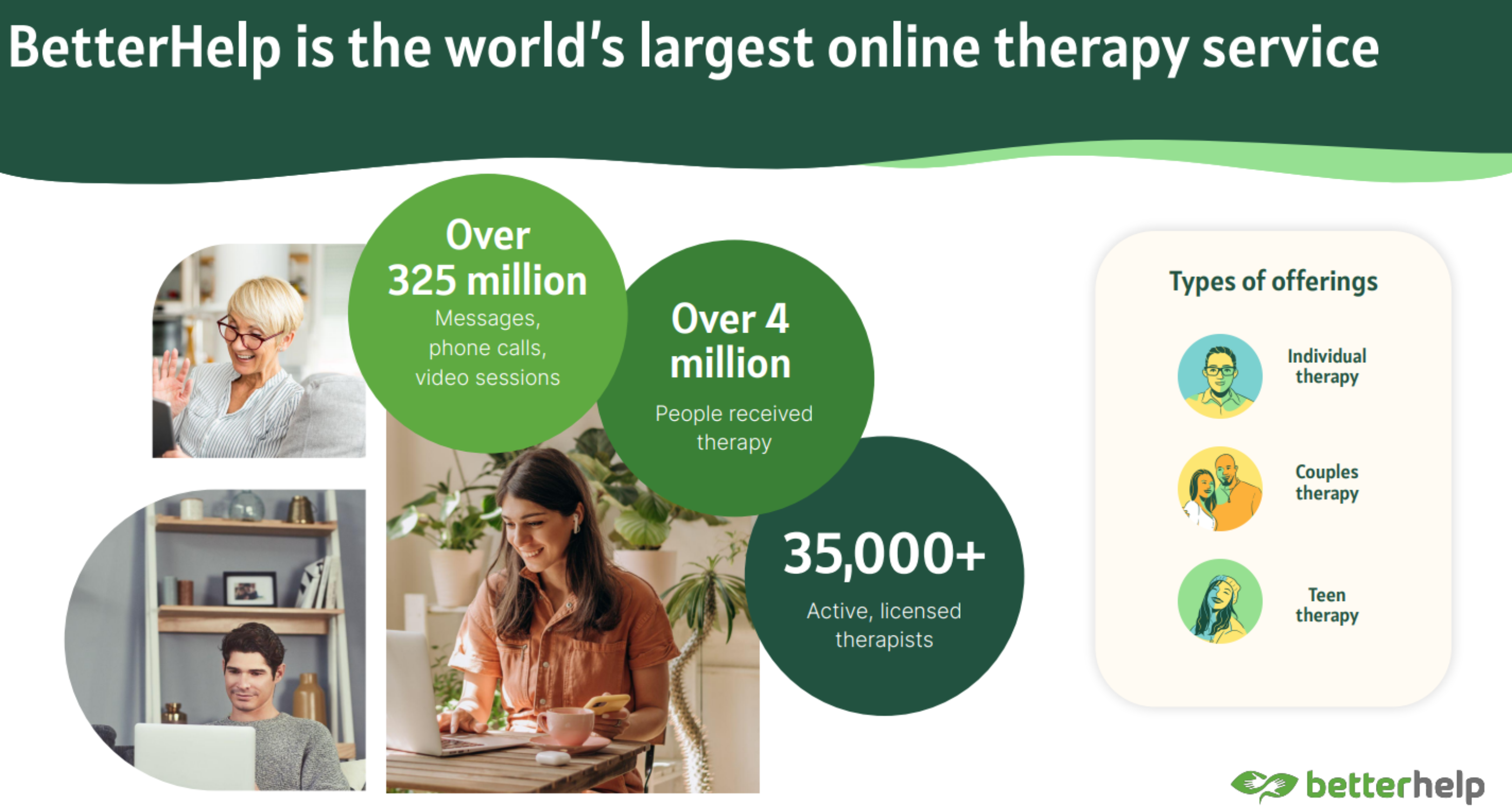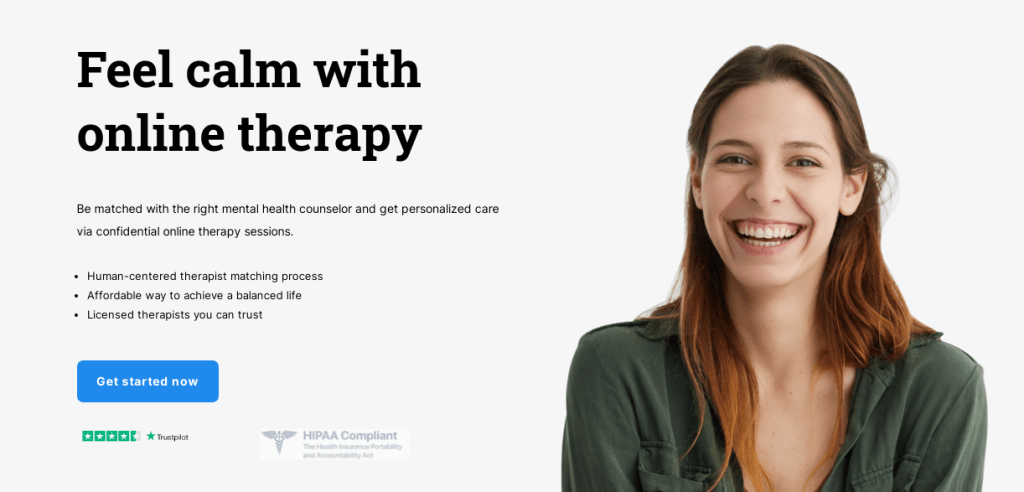Why You Attract Emotionally Unavailable People
Do you find yourself repeatedly drawn to people who can’t fully engage emotionally?
Emotionally Unavailable People. Despite your best intentions, do you keep getting involved with partners who are distant, inconsistent, or unable to commit? This pattern isn’t random, and it’s not a reflection of your worth. There’s a deeper reason behind this cycle that connects to your earliest experiences of relationship.
Your earliest relationships create templates for what you expect from connection.
If emotional inconsistency was normalized in your upbringing—perhaps with caregivers who were physically present but emotionally distant, or whose affection was unpredictable—your nervous system learned that this is what love feels like. Now, as an adult, your body actually recognizes and relaxes into what feels familiar, even when it’s painful.
Pay attention to your physical sensations when you meet someone new.
That flutter of excitement you feel when encountering someone slightly unavailable? It might actually be anxiety misinterpreted as attraction. Your body recognizes the familiar dance of longing and brief connection from your early life, and it reads these sensations as chemistry or passion rather than warning signals.

Another layer of this pattern involves your own relationship with vulnerability.
Sometimes, choosing someone who keeps their distance allows you to maintain the illusion of closeness while protecting yourself from true intimacy. There’s a certain safety in pursuing the unattainable—you can’t be fully rejected if you never fully arrive in the relationship. This unconscious strategy often develops when early experiences with vulnerability were met with rejection or dismissal.
Healing Exercise #1: Body Awareness Mapping
-
Find a quiet moment and reflect on your most recent connection with someone emotionally unavailable.
-
Close your eyes and scan your body from head to toe.
-
Where do you feel sensations? Perhaps butterflies in your stomach, tightness in your chest, or warmth spreading across your face?
-
Now, ask yourself: “When in my early life did I feel similar sensations?”
-
Write down what emerges without judgment. This mapping helps identify the original template for your current attractions.
How to Stop Seeking Validation from Others
Healing Exercise #2: Comfort with Consistency Practice
Many who attract unavailable partners feel uncomfortable with consistent attention. Try this:
-
Each day for a week, give yourself one small, consistent form of care at the same time—perhaps five minutes of journaling, a brief meditation, or simply making your favorite tea.
-
Notice any resistance (“This is boring” or “I don’t deserve this”). These reactions often mirror your response to available partners.
-
As you practice, the unfamiliar feeling of consistency becomes less threatening.
Healing Exercise #3: Rewriting Your Relationship Story
-
Take a sheet of paper and write down your typical relationship pattern in the third person:
“She meets someone exciting who shows interest but can never fully commit…” -
Then, write a new ending to this story.
-
What would it feel like if this person chose differently?
-
What sensations would arise in her body if her needs were consistently met?
-
Reading this alternative narrative daily helps your nervous system recognize new possibilities.
Your healing path isn’t about forcing yourself to choose different partners through willpower alone. It’s about gently retraining your nervous system to recognize that safety can feel good too—not just exciting or familiar.
Notice how your body responds when someone shows up consistently. That initial discomfort isn’t a sign they’re wrong for you; it’s your system adjusting to healthier dynamics.
When you meet someone kind and available, you might initially feel nothing—no spark, no excitement. Instead of immediately ending things as you might have before, get curious about this response. Maybe this neutral feeling is what safety feels like. As you continue seeing this person, your nervous system might gradually relax, and a deeper, more sustainable attraction could emerge—one based on presence rather than pursuit.
The journey toward attracting emotional availability begins with becoming available to yourself.
Practice turning toward your own feelings with curiosity rather than judgment. When loneliness or longing arise, place both hands on your heart and speak to yourself with tenderness:
“I see how much you want connection. That desire makes perfect sense.”
This self-connection builds the foundation for recognizing external connection when it appears.
Remember that healing isn’t linear.
There might be moments you feel drawn back to familiar patterns, and that’s okay. Each time you recognize the pattern before acting on it, you’re rewiring your relationship blueprint, creating space for connections that truly nourish you. The very awareness you’re developing now is already changing your path forward.

Keywords: Anxiety, polyvagal theory, gestalt therapy, psychotherapy, parents, parental trauma, somatic experiencing, Licensed therapist near me in Manhattan NYC, Affordable therapy services in New York State, Holistic psychotherapy sessions in NYC, Somatic Experiencing therapy for trauma recovery in New York City, NARM therapy in Brooklyn, Licensed couples therapy in Manhattan, Gestalt therapy near me in NYC, Marriage counseling in Queens NYC, Therapy for anxiety treatment in NYC, Experienced psychotherapist in New York, Licensed psychotherapist near me in NYC, Somatic Experiencing therapy sessions in New York, Trauma therapy and counseling in Manhattan, Gestalt therapy sessions in New York City, Therapy sessions for emotional regulation in New York, Trauma therapy near me in Brooklyn New York, Licensed mental health therapist in Manhattan NYC, Depression therapy in New York, New York City therapist experienced in PTSD treatment
Contact us: Feel and Heal Therapy Office
For companies: Creative Manager
What It Really Means to ‘Let Go’








